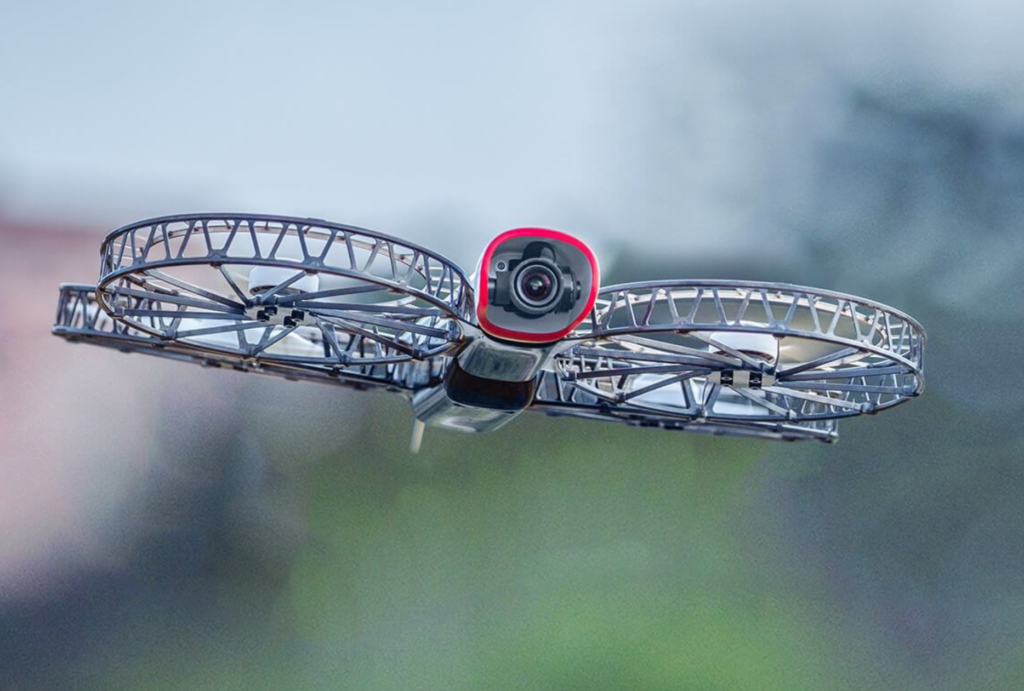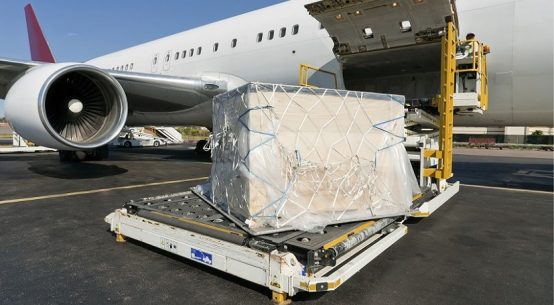
A Snap drone from Vantage Robotics. The Federal Aviation Administration granted a waiver for CNN to fly this type of drone over crowds for its newsgathering, the cable network announced Oct. 18, 2017. (Photo: Courtesy: Vantage Robotics)
CNN received the first waiver of its kind from the Federal Aviation Administration to fly drones over crowds, an important milestone toward broader commercial use of remote-controlled aircraft.
The cable network, which uses drones for newsgathering, announced the approval Wednesday to fly a Vantage Robotics Snap drone up to 150 feet in the air over groups of people.
Greg Agvent, CNN’s senior director of national news gathering technology, said the waiver “has a meaningful and practical application to our newsgathering.”
Easier approval for flying over people is a crucial step toward the use of commercial drones in cities, such as for deliveries.
Under a comprehensive package of rules finalized last year, commercial drones weighing up to 55 pounds are generally allowed to fly during daylight hours within sight of the pilot and while avoiding people not associated with the flight.
The safety concern is that if a drone malfunctions or loses its remote link to the pilot, it could crash and hurt someone below or damage property.
But the FAA has approved experiments, such as flying at night and sending the drone farther away than the pilot can see.
“There is no doubt this is unique and a first,” said Mark Blanks, director of the FAA drone test site at Virginia Tech, which has been conducting studies for months about the severity of injuries from drone crashes and how to reduce them. “CNN would have had to provide to the FAA a compelling safety case that demonstrated that this particular aircraft if it were to fall out of the sky, would not hurt someone.”
FAA has granted about 1,100 waivers for drone uses on a case-by-case basis. FAA has also granted 300 authorizations for drones to fly in areas where there might be manned aircraft, to respond to Hurricanes Harvey, Irma and Maria.

“CNN received a waiver that permits news-gathering flights only in approved airspace using a drone equipped with enhanced safety features,” FAA said in a statement.
FAA chose CNN in 2015 to participate in its Pathfinder program to use drones for newsgathering in urban settings. The cable network received a waiver in 2016 to fly over people with a drone tethered to the pilot. It also got a waiver to fly small drones over people for closed-set movies and television programs.
The latest waiver was the result of two years of research and testing by CNN and Vantage. The drone weighs a relatively light 1.37 pounds, has cages over its rotors and is designed to pop apart if it crashes.
Other safety aspects, according to CNN’s application, include programming called geo-fencing that limits where the drone flies and that returns the drone to where it was launched if there is a problem. The drone must remain within sight of the pilot and the system has multiple warnings about when the battery is running low.
“Vantage created the Snap for the purpose of safely capturing aerial video over people,” said Vantage CEO Tobin Fisher.
The application to fly over people was based on whether the overall risks of the flight were reasonable, considering safety features of the aircraft and test demonstrations, the companies said.
Emily Avant, senior counsel for CNN, called the “reasonableness approach” the cable network designed “precedent-setting and of significant importance to the commercial (drone) industry.”
FOLLOW US ON FACEBOOK FOR MORE LOGISTICS NEWS
Blanks said the adoption of the “reasonableness approach” is a significant step for FAA because it considers all aspects of safety from a flight, rather than traditional airworthiness of a plane.
“The FAA is starting to consider total operational risk as a valid means of ensuring safety to the public, and they’re doing that in order to enable new innovative things to happen like this,” Blanks said.








